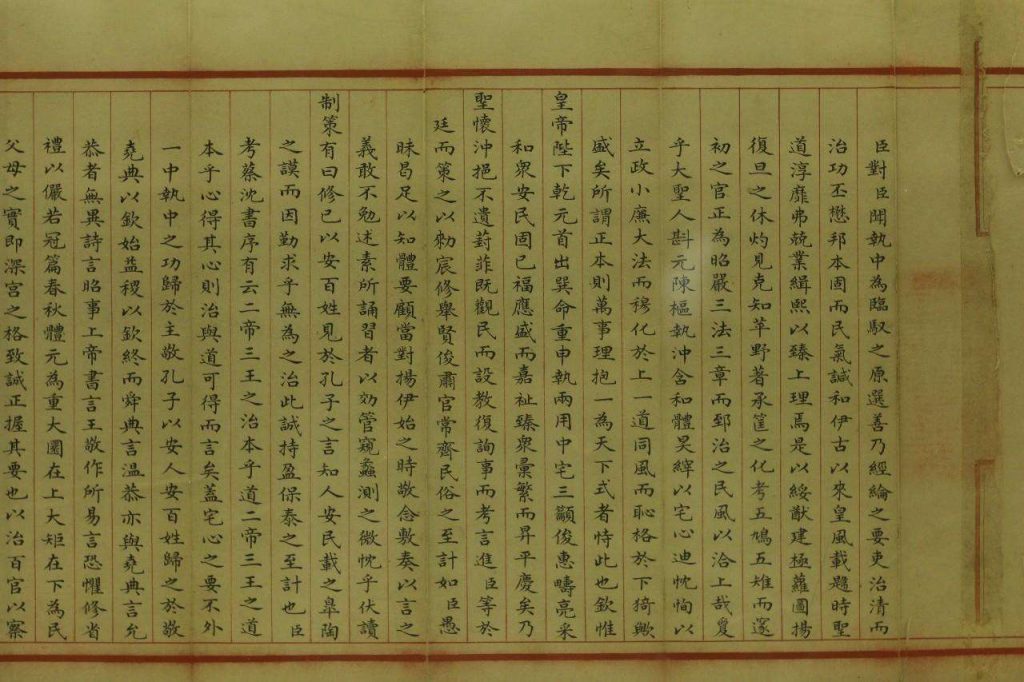Eight-part Essay
3 min readBagu Wen(Eight-part Essay)refers to a style of Chinese traditional writings specifically for imperial examinations in the Ming and Qing Dynasties.It was the form adopted for the explication of the Confucian classics and officially formulated to be a stereotyped writing.Thus,imitations of the classical literary language of the earlier eras of Chinese cultural greatness and the rigid eight-part form became the major written genres of the time.

Bagu Wen originated in the Northern Song Dynasty when Wang Anshi(1021-1086)implemented political reform.He thought that it was flashy but impractical to select scholars to be government officials only by poems.Hence he decided to test classic Confucian argumentations.At that time,there were no strict rules for the form of the articles,and the sentences did not have to be in line with tonal patterns and rhyme schemes,but some examinees applied parallelism unconsciously in their articles.The Imperial Examination in the Yuan Dynasty generally followed the system of the Song Dynasty.In the first year(1368)of the Hongwu reign(1368-1398)in the Ming Dynasty an Imperial Examination was held,in which strict rules and forms were set up.In the Chenghua reign(1465-1487),Bagu Wen gradually began to prevail with strict forms and patterns.
The general features of Bagu Wen are as follows:firstly,all the titles for examinations arefrom original texts of The Four Books and The Five Classics;secondly,the content must be in accordance with the commentary of the Cheng and Zhu school;thirdly,there is a fixed format for the structure of the article.This essay consists of eight components,eachserving a different purpose(opening statements,supporting statements,beginning discussion,abstraction,etc.).Each component has to conform to particular rules(the number of sentences;rules on the format,length,and style of each component;and rules for rhyming,symmetry,tonal balance,and“couplet”styles).There is also a limitation for the number of words for Bagu Wen.
In the beginning of the Ming Dynasty,it was 500 words and grew to 700 words in the Kangxi reign in the Qing Dynasty.It had no relation to the candidate’s ability to govern and was often criticized for setting a requirement of style above thought.
Bagu Wen was a required course in almost all the private and public schools in the Ming andQing Dynasties.In Imperial Examinations at all levels Bagu Wen was needed,and people easily realized that the quality of that sort of essay was the key to achieving a pass.It became common for them to concentrate too much energy on it,neglecting other forms and contents.Eventually,this method was harmful as it stifled both creativity and imagination.Since all of its utility ended as soon as one passed the exam,a lot of men of insights in the Ming and Qing Dynasties detested Bagu Wen.The decline of Bagu Wen was unavoidable because it placed overwhelming emphasis on the Confucian canon.It was not until the Hundred Days’Reform in 1898 that Bagu Wen was abolished.








